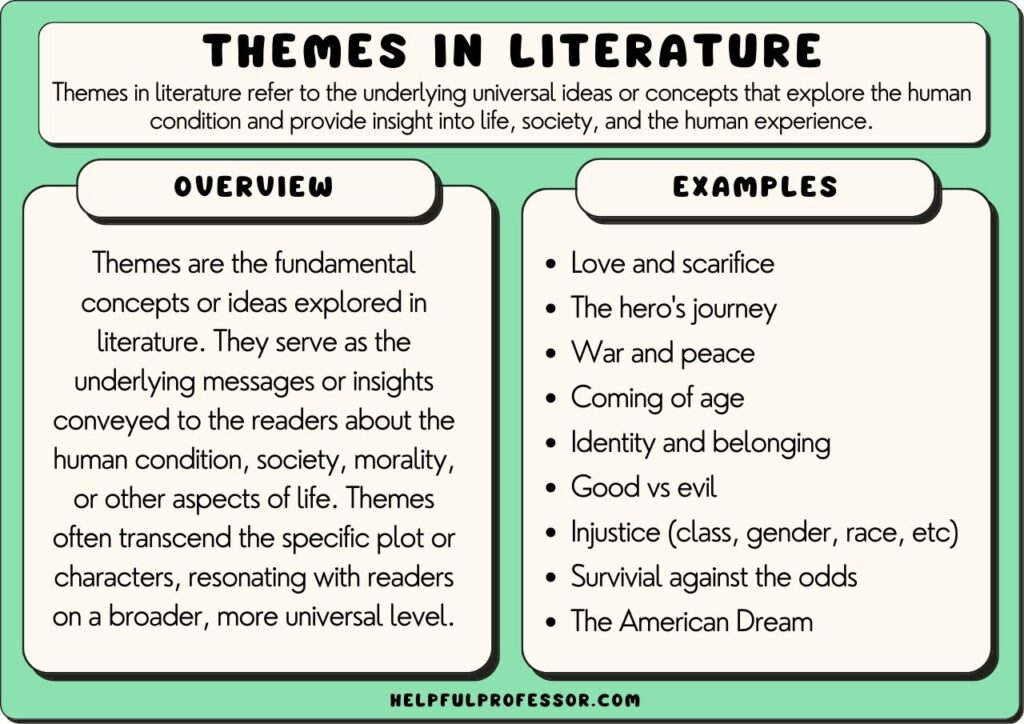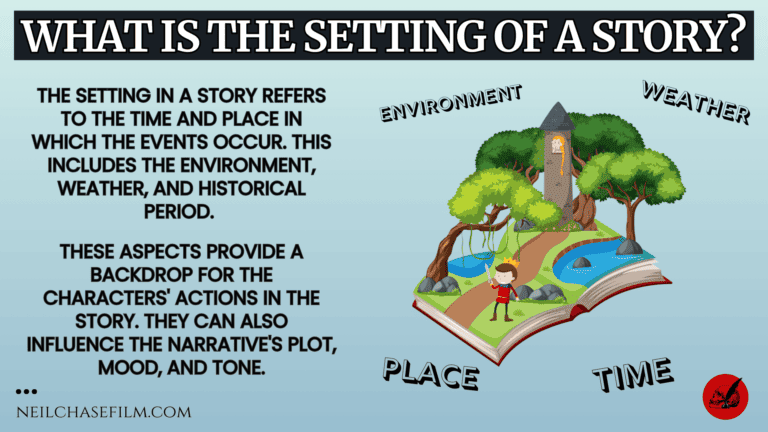Which Statement About A Novel Setting Is Correct

The late afternoon sun cast long shadows across the library, dust motes dancing in the golden light that streamed through the tall windows. A group of writers huddled around a table, their faces illuminated by the glow of laptops and the quiet hum of shared creative energy. The air buzzed with hushed discussions, a mix of excitement and contemplation hanging heavy as they wrestled with the fundamental elements of storytelling, specifically, the often-underestimated power of setting.
At the heart of their debate was a deceptively simple question: Which statement about a novel’s setting is correct? The answer, while not always immediately apparent, unlocks a deeper understanding of how setting functions as more than just a backdrop, shaping characters, driving plot, and ultimately enriching the reader's experience.
Setting, in its simplest form, is the where and when of a story. It encompasses not only the physical location – a bustling city, a remote island, a spaceship hurtling through the cosmos – but also the time period, the climate, the social and cultural context, and even the atmosphere.
The Multifaceted Role of Setting
Traditionally, setting was often viewed as merely a stage upon which the characters played out their roles. However, modern literary theory recognizes its far more active and integral function.
Consider, for instance, Thomas Hardy's Wessex novels. The bleak and unforgiving landscape of the English countryside isn't just scenery; it actively shapes the characters' lives, dictating their fates and mirroring their emotional states.
So, which statement about setting is correct? The crucial understanding is that setting is not simply a backdrop. It is an active force that interacts with the characters and plot.
Setting as Character
In some novels, the setting can become so deeply intertwined with the narrative that it essentially functions as a character itself. Wuthering Heights by Emily Brontë is a classic example.
The wild, windswept moors of Yorkshire are not just a place; they embody the passionate, untamed nature of the characters and the turbulent relationships that unfold within them. The harshness of the environment reflects the harshness of the human interactions.
The setting influences behavior, thought, and motivations. A character raised in a poverty-stricken urban environment will naturally have a different outlook and set of priorities than one raised in a wealthy, idyllic countryside.
Setting as Plot Device
Setting can also be used as a powerful plot device, creating conflict, raising tension, and driving the narrative forward. A story set during a time of political upheaval, for example, will inherently be shaped by the circumstances of that era.
Think of Margaret Atwood's *The Handmaid's Tale*, where the dystopian setting of Gilead, a totalitarian regime founded on religious extremism, is not merely a backdrop but the very source of the conflict and the driving force behind Offred's desperate struggle for survival.
Similarly, a story set on a sinking ship or a remote, snow-covered mountain will use the environment to create immediate and palpable tension.
Setting as Atmosphere
Beyond its tangible aspects, setting also encompasses atmosphere – the mood or feeling evoked by the environment. This can be achieved through sensory details, vivid descriptions, and carefully chosen imagery.
A gothic novel, for instance, relies heavily on a dark, brooding atmosphere created through descriptions of crumbling castles, stormy weather, and eerie sounds. This atmosphere sets the tone for the story and enhances the suspense.
Authors use this tool to create a sense of unease, anticipation, or even tranquility, shaping the reader's emotional response to the narrative. Even within the same physical location, the atmosphere can shift dramatically depending on the events that are unfolding.
Beyond Description: Immersion and Resonance
Ultimately, the most effective use of setting goes beyond mere description, creating a sense of immersion and resonance for the reader. This involves not only painting a vivid picture of the physical environment but also conveying its emotional and cultural significance.
A well-crafted setting can transport the reader to another time and place, allowing them to experience the world through the characters' eyes. It can also provide a deeper understanding of the characters' motivations, their values, and their place in the world.
Consider the intricate world-building in J.R.R. Tolkien's *The Lord of the Rings*. Middle-earth is not just a fantasy landscape; it is a fully realized world with its own history, languages, cultures, and mythologies. This rich and detailed setting is essential to the story's power and its enduring appeal.
The Correct Statement: Setting is an Active Force
Returning to our initial question: Which statement about setting is correct? The answer is not that setting is merely a backdrop, a passive container for the story.
The correct statement is: Setting is an active force that shapes characters, drives plot, creates atmosphere, and ultimately enriches the reader's understanding of the narrative. It's a critical component for any novel.
Understanding this principle empowers writers to wield setting with intention and skill, transforming a simple location into a powerful storytelling tool.
Conclusion: The Enduring Power of Place
As the library emptied and the last rays of sunlight faded, the writers dispersed, their minds buzzing with new insights. They now had a renewed appreciation for the profound impact of setting.
They understood that the settings they create are more than just window dressing; they are living, breathing entities that shape the course of the story and linger in the reader's imagination long after the final page is turned. They know to choose and describe them with great care.
The power of place endures, reminding us that the worlds we inhabit, both real and imagined, shape who we are and what we become.

![Which Statement About A Novel Setting Is Correct [FREE] Which statements are true of external conflicts - brainly.com](https://media.brainly.com/image/rs:fill/w:750/q:75/plain/https://us-static.z-dn.net/files/dfd/505fd079ff9f5d3376f032218d2ef009.png)
















